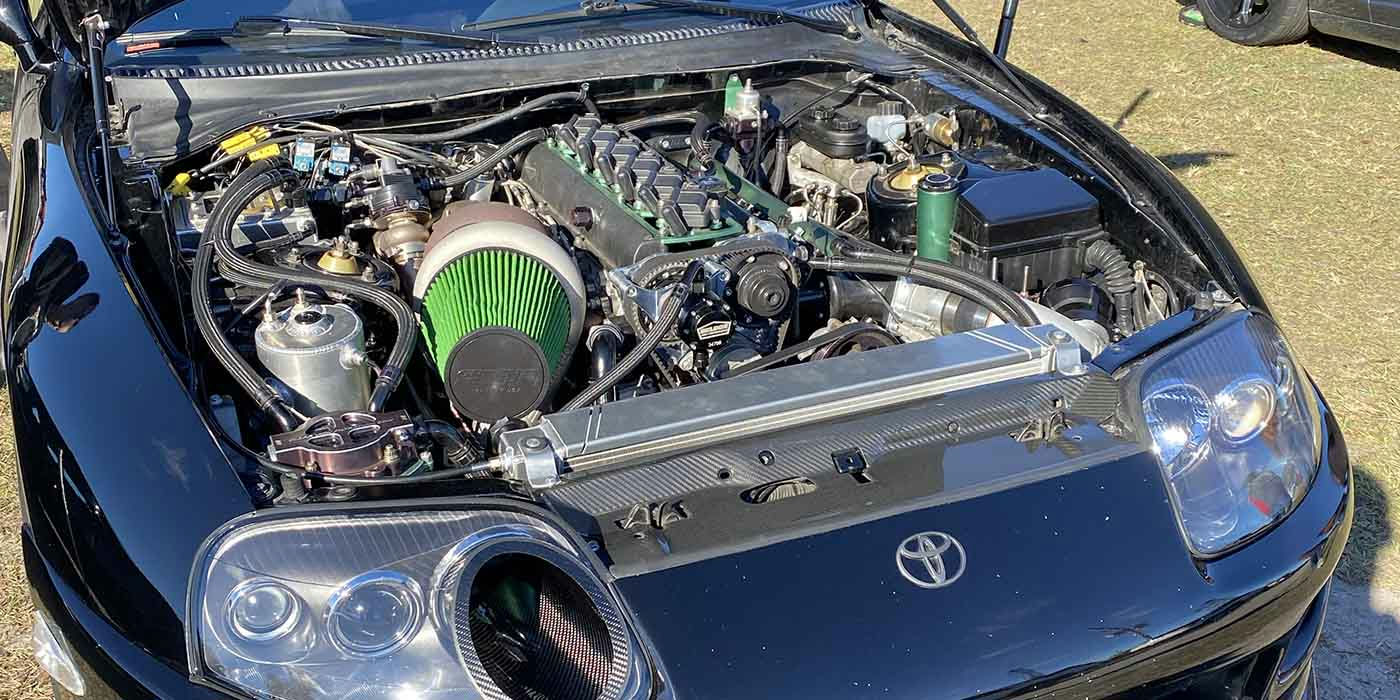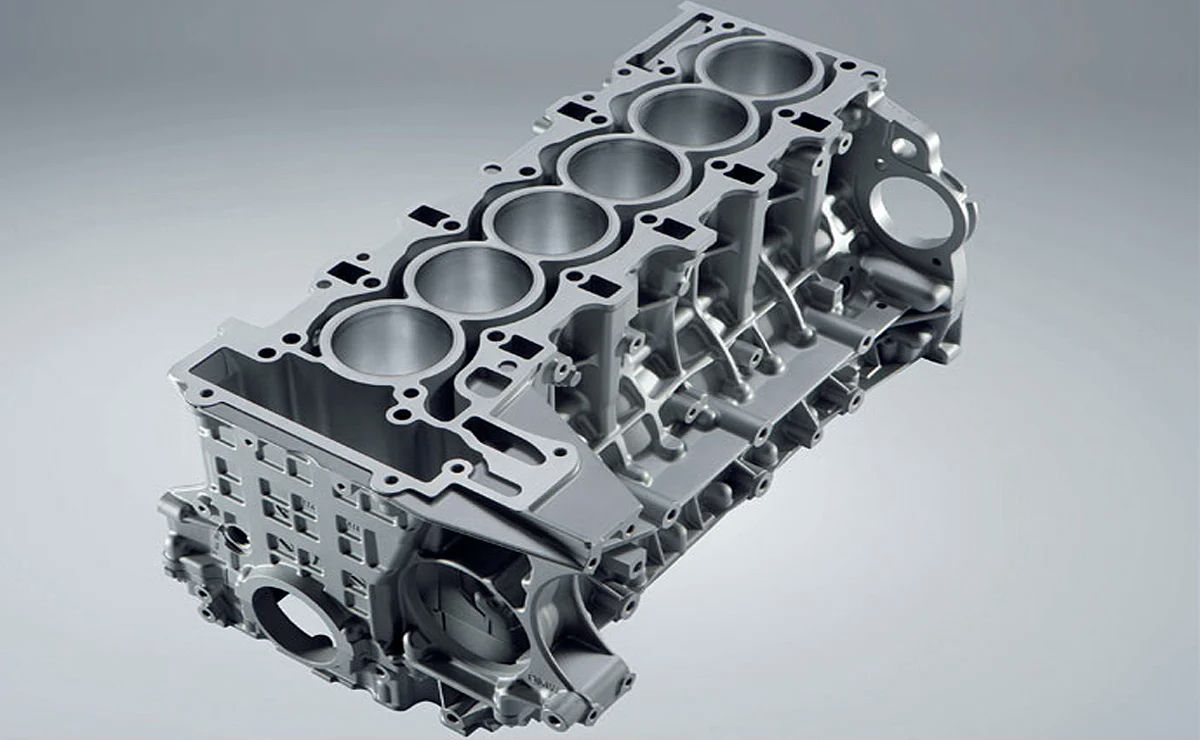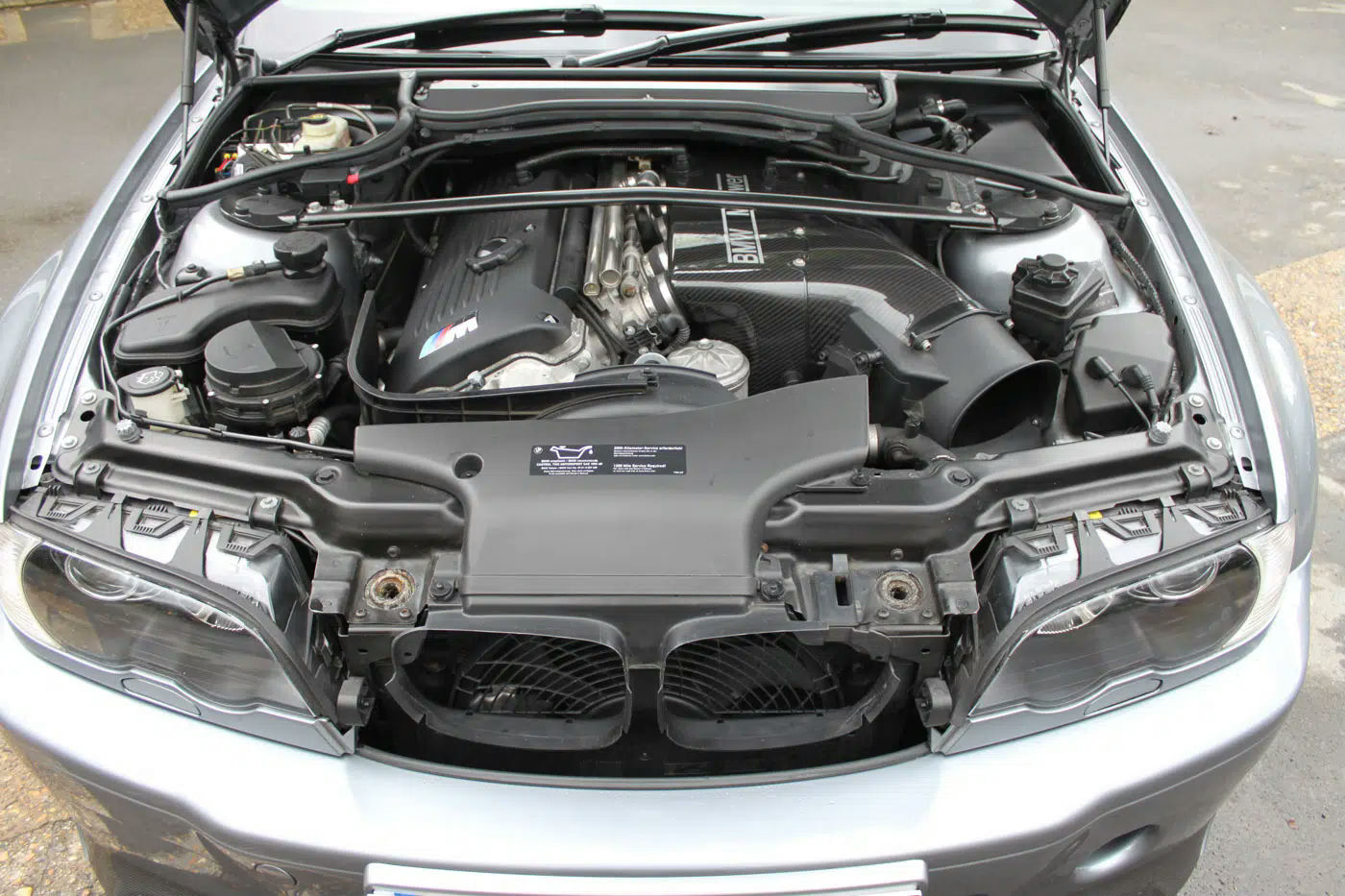
The I6 Engine Layout: A Historical Perspective
The I6 engine layout, or inline-six, has a rich history that dates back to the early days of the automobile. Known for its smooth operation and balanced design, the inline-six engine became a popular choice among car manufacturers in the 20th century. The inline-six's configuration, with six cylinders aligned in a single row, allows for excellent mechanical harmony and a straightforward design. This layout provides a good balance between power and smoothness thanks to its even firing order and natural balance, making it an ideal choice for a variety of vehicles, from luxury sedans to sports cars. While other engine configurations, like the V6 and V8, have their advantages, the inline-six remains a respected and enduring option due to its reliability and performance.

Better Balance and Smoothness
I6 engine layouts are known for offering better balance and smooth operation compared to other configurations. This is because the inline-six design has a naturally balanced layout that reduces vibrations. For the driver, this means a smoother ride and less engine noise intruding into the cabin. This smooth operation can make long drives more comfortable and less tiring.
Linear Power Delivery
The inline-six engine is well-regarded for its linear and consistent power delivery. When you press the accelerator, you get predictable and smooth acceleration without any sudden jerks. This can be especially beneficial for city driving where smooth acceleration and deceleration make for a more enjoyable driving experience. You'll find it easier to manage your speed and maintain control of the vehicle.
Easy to Maintain
One of the pros of the I6 engine is its simpler design, which can make maintenance less complicated and potentially less costly. The inline layout results in fewer parts and easier access to components like spark plugs, fuel injectors, and the camshaft. This simplicity can save you time and reduce labor costs when it comes to regular maintenance or repairs. A well-maintained engine also means better reliability and longevity.
Compact and Space Efficient
Despite being longer than V6 engines, the I6 engine layout can be more space-efficient, especially in terms of height and width. This can allow for a more spacious cabin or larger crumple zones, enhancing passenger safety. By occupying less width, it makes transverse engine placement easier, which can translate to more versatile vehicle designs. This added flexibility can be a big plus for manufacturers aiming to maximize interior space without sacrificing performance.
Balanced Handling
The I6 engine’s evenly distributed weight can positively impact a car's handling characteristics. The balanced weight distribution over the axles helps improve the vehicle’s stability, especially during cornering. This can provide the driver with a more confident and controlled driving experience, whether on winding roads or tight city streets. Improved balance also contributes to overall safety and driving enjoyment.
Potential for High Performance
Inline-six engines often come with a good potential for high performance. These engines can handle a lot of power without compromising reliability, making them popular in performance and luxury cars. For the driver, this translates to strong acceleration and higher top speeds when required, offering an exhilarating driving experience. Being able to tap into this performance can be a big plus for enthusiasts and those who enjoy spirited driving.
Limited Space for Other Components
Compact cars that prioritize tighter engine bays might struggle to fit an I6 engine. The space required can limit room for other essential components, making maintenance a bit challenging.
Heavier Weight
I6 engines typically weigh more than an inline-four due to their additional cylinders and longer block. This can lead to increased fuel consumption and a heavier front end, affecting overall vehicle dynamics.
Higher Center of Gravity
The height of an I6 engine can raise a vehicle's center of gravity. This potentially affects handling, making the car feel less stable, especially during high-speed cornering.
Cooling Challenges
Running an I6 can generate quite a bit of heat due to its larger surface area. This might necessitate a more robust cooling system, which can add to the complexity and cost.
Potentially Higher Maintenance Costs
Parts for I6 engines can sometimes be pricier and harder to come by, especially in places where this layout isn't common. This can translate to higher maintenance and repair costs over time.
While the I6 engine offers smoothness and balance, there are trade-offs to consider. The weight and size might not suit smaller vehicles, and it can affect handling due to a raised center of gravity. Additionally, cooling such a large engine poses its own challenges, potentially leading to higher costs. Despite these downsides, the robust construction and smooth operation can still make it a worthwhile option for certain applications.

The I6 engine layout, also known as the inline-six, has a long-standing history of usage in a diverse range of vehicles due to its balance of power and smoothness.
One classic example is the BMW 3 Series, particularly the E46 and E90 models. BMW has famously utilized the I6 in these cars because of its balanced performance and the ability to fit longitudinally in the engine bay without sacrificing too much space. The result is a driving experience that many find smoother and more refined than some of its competitors.
Another notable application is the Jeep Cherokee XJ, which utilized the 4.0L I6 engine. This engine became iconic for Jeep enthusiasts because of its durability and ability to provide consistent torque, which is crucial for off-roading and rugged terrain driving. Many still swear by this engine due to its reliability over the long term.
The Toyota Supra, particularly the A80 model, is yet another car where the I6 engine layout shines. Equipped with the 2JZ-GTE 3.0L turbocharged inline-six, this car gained legendary status in the performance and tuning communities. Its robust design allowed for significant modifications, ranging from street performance to track racing applications.
Moving to the luxury segment, the Mercedes-Benz W124, a part of the E-Class series, also utilized the inline-six engine layout for their M103 and M104 series engines. These engines were well-regarded for their smooth delivery of power and reliability, which complemented the luxurious feel expected from a Mercedes-Benz vehicle.
In the sports car arena, the Nissan Skyline GT-R R34 is another prime example. The RB26DETT 2.6L twin-turbocharged I6 engine in this car is revered for its potent performance and tuning potential, making the Skyline GT-R an enduring legend in car culture around the world.
Volvo has also been a prolific user of the inline-six layout; models like the Volvo 960 and later the S80 benefitted from this engine configuration. Volvo's commitment to this design was rooted in providing a balance of power, smoothness, and durability, aligning well with their reputation for dependable and safe vehicles.
Lastly, the Aston Martin DB7 utilized an inline-six engine in its early versions before switching to a V12. The 3.2L supercharged I6 used in this luxury grand tourer provided a unique combination of refinement and power, embodying Aston Martin's blend of performance and opulence.
These examples showcase the versatility of the I6 engine layout across different automotive segments, from sports cars and luxury vehicles to rugged off-roaders and dependable sedans. The inline-six remains a respected engine layout thanks to its inherent balance and smoothness of operation.
That's just over the last decade according to the night Franks Luxury Investment Index, making it the best-performing asset class of any other type of collectible. MyGarage.AI was developed to take your car collection and preservation the extra mile with a growing list of innovative features.
Utilize cutting-edge AI to discover fascinating facts about your car and compose engaging, descriptive narratives that highlight its unique story.

Access vast datasets to populate your car’s specifications, title history, and more, ensuring your records are detailed and accurate.

Document key aspects of your car’s history, maintenance, restoration, customization, and performance. Preserve every detail that makes your car special.

Store photos, videos, and records of awards or special recognition, creating a rich, visual history of your vehicle.

Join group forums and participate in event postings to connect with fellow car enthusiasts and build a supportive community.

Enjoy complete control over your privacy and sharing settings. Share your car’s legacy through a searchable gallery or on social media platforms with ease.

Our mobile-friendly platform makes it easy to document and share your car’s legacy anytime, anywhere.

Discover, preserve, and share the legacy of your precious automotive assets to increase their appeal and value.